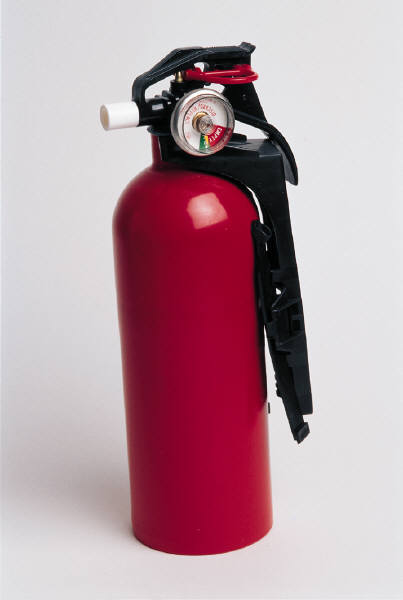It’s that time of year again; college students around the country are moving back into their dorm rooms or off-campus housing units. Each year college students are experiencing a growing number of fire-related emergencies. A major cause of this is simply lack of fire safety knowledge. It is a new experience in their lives and with that comes new dangers. It is important for them to be prepared in case of an emergency, so as you’re helping your child unpack their belongings make sure to take the time to review our Dorm Room Fire Safety Checklist.
College Students Dorm Room Fire Safety Guide:
– Be aware of at least two means of egress – have a backup plan in case one exit is blocked
– Be sure to have a means to break windows if necessary as an escape route
– Make sure you always know where a flashlight is – it will be able to help guide you through smoke-filled rooms
– Be aware of how to properly notify the fire department using the 911 system
– Buy a power strip with an over-current protector
– Check the wattage consumed for all appliances before plugging them in
– Do not connect multiple extension cords together
– Do not staple extension cords – damaging the insulation that is meant to protect you from currents and potentially exposing a wire increases the possibility of sparking
– Use light bulbs that have proper wattage for the lamp you are using
– Do not overload extension cords, power strips or outlets – they can overheat
– Do not smoke within 25 feet of entryways, exits or wheelchair ramps serving as an entry or exit
– Do not use appliances such as hot plates, microwaves, halogen lamps or toaster ovens
– Do not burn candles or incense
To download the .pdf version of our checklist visit our Documents Downloads page.
To watch a dorm room fire demo check out this link by Montclair State University: http://youtu.be/zNR1FWy3QJU
It is important to know the different classes of fires and which fire extinguishers you should use. Using the wrong type of extinguisher on the wrong type of fire can be life-threatening.
– Class A fires are fueled by ordinary combustible or fibrous material (wood, paper, cloth and some plastics). Do not use carbon dioxide or ordinary dry chemical extinguishers on Class A fires – use an APW or Air Pressurized Water extinguisher
– Class B fires include flammable or combustible liquids, greases and gases, such as gasoline, paint and propane. Use either a carbon dioxide extinguisher or a dry chemical extinguisher on this type of fire
– Class C fires include electrical equipment, such as motors and heaters that are not connected to a power source. Do not use water extinguishers on energized electrical equipment. Use a carbon dioxide extinguisher on this type of fire
– Combustible metals (Class D) are difficult to extinguish, because once ignited, they give off sufficient oxygen to support combustion – try using “dry powder” to extinguish these types of fires as it works by smothering and heat absorption.
– Class K fires are fueled by cooking oils or fats. Wet chemical fire extinguishers are the best type of extinguisher for Class K fires.
Keep in mind, all fire extinguishers have a picture of what they can be used for. Class A extinguishers have a picture of a garbage can on fire. Class B extinguishers have a picture of a gas can on fire. They may also have pictures with a line through it to show what classes of fire they shouldn’t be used on. This is an easy way to determine what type of extinguisher you should be using.
For more helpful information regarding the different types of fires and fire extinguishers visit BFPE International.
Be sure to check out the great Insurance Programs for Condominium Insurance, Cooperative Insurance, Apartment Insurance and Property Manager’s Insurance that New Empire Group, Ltd. offers!


